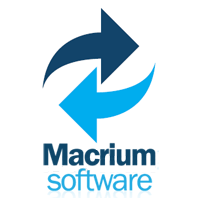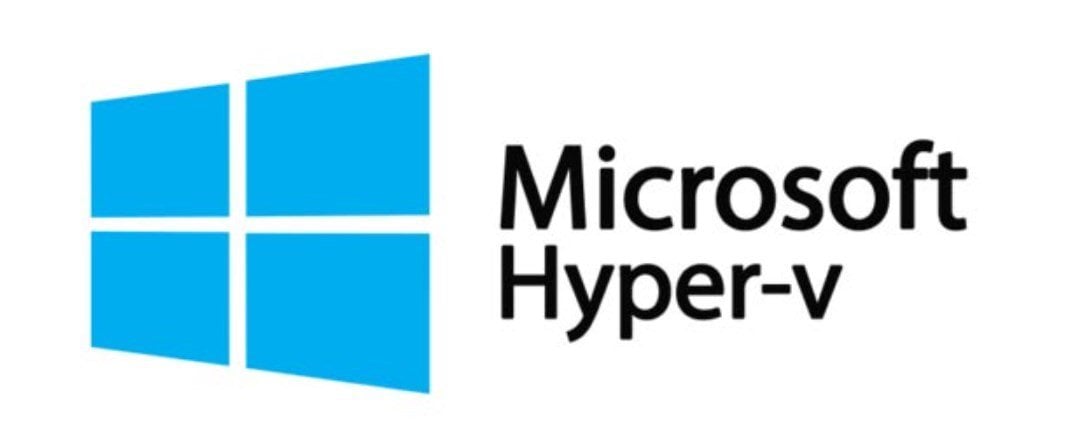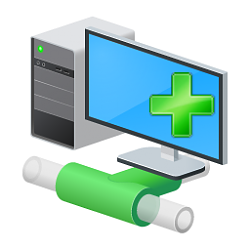- Local time
- 12:24 AM
- Posts
- 1,990
- OS
- Windows 10 Pro
Whatever your backup software is, do you verify your restores?
You could verify every backup you make by doing a full blown restore and fully testing the restore. This is very time consuming and perhaps nobody does it.
Going down in terms of level of verification effort, you could do spot checks, e.g. deleting a folder, restoring it from the backup, and inspecting the restored folder.
Going further down in terms of level of verification effort, is not really verification any more, but you could check the events/errors logs, and there is the issue whether you can trust the logs.
There is this anecdote about the IT director who could not restore his backups and was fired.
What do you do to prevent from being fired like that? What level of verification lets you sleep at night?
You could verify every backup you make by doing a full blown restore and fully testing the restore. This is very time consuming and perhaps nobody does it.
Going down in terms of level of verification effort, you could do spot checks, e.g. deleting a folder, restoring it from the backup, and inspecting the restored folder.
Going further down in terms of level of verification effort, is not really verification any more, but you could check the events/errors logs, and there is the issue whether you can trust the logs.
There is this anecdote about the IT director who could not restore his backups and was fired.
What do you do to prevent from being fired like that? What level of verification lets you sleep at night?
My Computer
System One
-
- OS
- Windows 10 Pro









